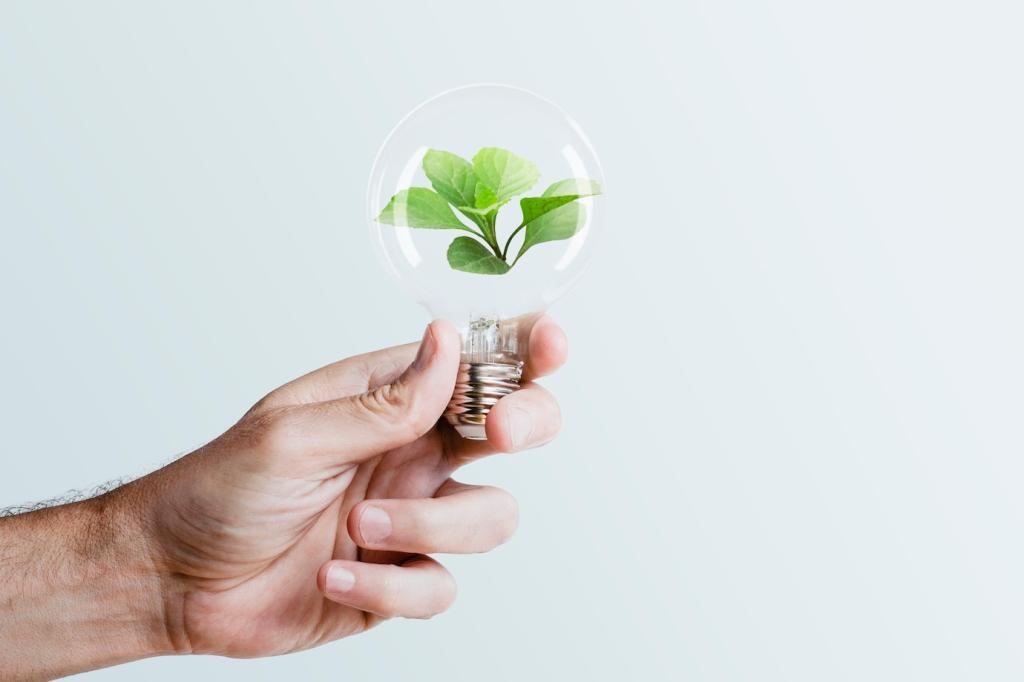
Smart Home Automation for Sustainable Living
Smart home automation is at the forefront of the sustainable living movement, transforming everyday residences into eco-friendly, efficient, and user-friendly environments. Leveraging cutting-edge technology, homeowners now have the power to monitor, control, and reduce their energy consumption, optimize natural resources, and minimize their environmental impact—all while enjoying enhanced comfort and convenience. This page explores how smart automation is revolutionizing sustainable living, covering system integration, energy use, resource management, security, and the tangible benefits for households and the planet.
Centralized Home Hubs
Centralized hubs act as the heart of every smart home, providing a unified platform for different devices to communicate and cooperate. These hubs utilize advanced protocols to ensure that everything from thermostats to window shades works in harmony. With a single control interface—often accessible via smartphone or voice command—residents can effortlessly manage their home’s environment. The real strength of centralized hubs lies in their capacity to learn and adapt to homeowner behaviors, automatically adjusting settings to balance comfort and sustainability. This dynamic adaptability fosters an optimal living atmosphere while driving down unnecessary resource consumption.
Connected Devices
The proliferation of connected devices has vastly expanded smart home capabilities. Smart thermostats, lighting systems, and kitchen appliances can all be controlled remotely and programmed for energy-efficient operation. These devices gather valuable data about daily routines and environmental factors, using this information to streamline home operations. Sensors detect occupancy, natural light levels, and air quality, making real-time adjustments to preserve resources. By tying these devices together into a cohesive system, homeowners wield unprecedented control, allowing them to balance sustainability goals with the practical demands of modern life.
Automation Protocols and Standards
Interoperability between devices hinges on reliable automation protocols and open standards. From Zigbee and Z-Wave to emerging wireless platforms, these technologies provide the backbone for smart home communication. Consistent standards ensure that new devices can be added seamlessly, future-proofing investments and protecting against obsolescence. Automation protocols introduce redundancy and security, while also enabling sophisticated scheduling and optimization features that underpin a truly sustainable home environment. This foundational infrastructure supports continuous innovation, granting homeowners scalable and reliable pathways toward greater energy efficiency.
Previous
Next
Water scarcity is an increasing concern, and automated home systems play a key role in conserving this essential resource. Leak detectors integrated with plumbing can identify even the smallest drips, alerting homeowners before significant waste or damage occurs. Smart irrigation controllers use weather forecasts and soil moisture data to tailor watering routines, preventing overuse of water in gardens and lawns. Indoors, connected fixtures like showers and faucets can monitor usage habits and suggest conservation methods. Together, these technologies enable precise, proactive water management that supports sustainability while reducing utility costs.

Enhancing Comfort and Convenience Sustainably
Automated home systems create personalized climate and lighting scenes that adjust to individual preferences and schedules. By learning routines and responding to environmental factors, smart devices ensure optimal comfort while minimizing resource consumption. Whether preparing a relaxing evening ambiance or maximizing daylight during productive hours, these systems work unobtrusively in the background. Residents enjoy consistently comfortable spaces tailored to their needs, all managed with a simple touch or voice command, showcasing how technology can merge convenience with sustainable outcomes.

Smart home systems equipped with solar energy integration can monitor real-time generation, consumption, and weather conditions to maximize the use of renewable power. Automation prioritizes running high-energy appliances during peak solar production hours and stores excess energy in home batteries for later use. This intelligent scheduling not only boosts savings but also reduces demand on the grid during peak times. Over the long term, solar optimization through automation empowers homeowners to lower their carbon footprint and fully leverage the benefits of clean energy.

Batteries and energy storage solutions are becoming more common in smart homes, allowing residents to capture and use renewable energy more effectively. Automated controls balance energy storage and consumption, ensuring critical devices remain powered during outages or cloudy periods. Smart systems analyze patterns in energy use and production, making intelligent decisions about when to store or draw on reserves. This capability increases energy independence, reduces reliance on nonrenewable sources, and stabilizes costs, all while supporting a more resilient and sustainable home infrastructure.

Smart automation opens the door for homeowners to participate in demand response programs, partnering with utilities to reduce load during peak periods. By monitoring electricity price signals or grid conditions, smart appliances and systems can automatically reduce usage, shift consumption to off-peak times, or feed stored energy back into the grid. This symbiotic interaction benefits utilities by lowering peak demand and rewards homeowners with incentives or reduced rates. The end result is a smarter, more flexible energy ecosystem that advances sustainability goals at both individual and community levels.
Improving Home Security Sustainably
Modern smart surveillance systems use intelligent cameras and motion detectors that activate only when necessary, significantly reducing energy consumption compared to always-on devices. These systems alert homeowners and authorities to unusual activity, providing instant updates via mobile apps or smart speakers. Enhanced image processing and pattern recognition enable quick, reliable response with minimal false alarms. By integrating with other automated systems, surveillance can be part of broader energy-saving routines, such as reducing lighting or HVAC use when no one is present, achieving both security and sustainability.

Economic and Environmental Benefits
Automated, energy-efficient homes use less power, water, and other utilities, creating real savings month after month. Smart scheduling, predictive maintenance, and demand-based resource consumption can dramatically lower household operating expenditures. Homeowners often see rapid returns on investment as utility bills decrease and major repair costs are mitigated through timely alerts and preventative action. These financial advantages make sustainability not just an ethical choice but a practical one that improves quality of life and household budgets alike.
